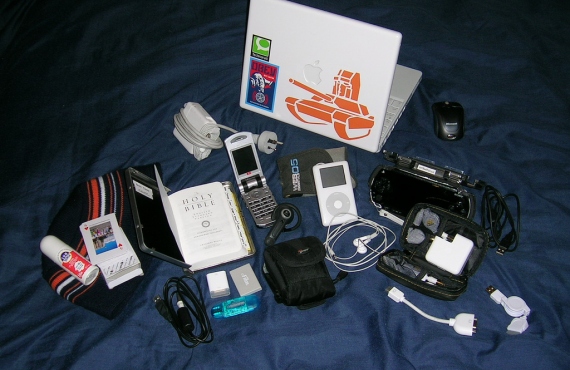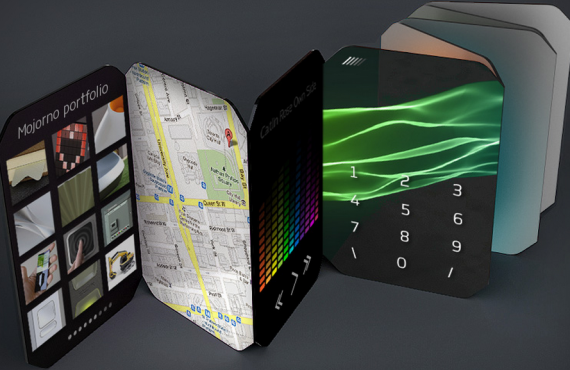Do you remember when you were 15-years-old and finally got your own telephone in your bedroom? Those were great times: sitting up all hours of the night talking and gossiping with friends. Before long, the latest push button telephone simply became ordinary. You had speed dial, the infamous message recorder, and the whole phone lit up in the dark, but features were limited. Over time, the excitement of having your very own phone just did not seem to grab you as much as it once did. Fast forward to the age of the smartphone and this pattern seems soon to repeat itself. This time around you got your wild ringtones, wallpaper, onboard camera, NFC technology for mobile payments, your favorite apps and can text until your heart’s content. Although your smartphone sports all the latest bells and whistles, you just cannot shake the feeling that something is wrong. As with most gadgets you have purchased, even smartphones will eventually lose their appeal. In fact, the downward spiral of the smartphone, causing some to view it as boring, may already be on its way.

Where Are the New Features
As smartphone technology progresses forward, it is inevitable that smartphone features will be harder and harder for manufacturers to dream up. There is, afterall, only a finite number of things your smartphone can technically do. If you compare your latest smartphone to the last one you owned, you may have already started to notice that there was little in the way of new features. Although this may not cause people to rapidly dump their smartphone for some other fad device, it does imply that the smartphone industry may start to feel the pressure introduced by its own emerging product innovation slump. Much of what drives continued excitement when visiting the phone store to purchase a new phone is learning what new features smartphone manufacturers have added to their latest product release. When the point is reached where there is little hope of any revolutionary features being attached to that next smartphone purchase, it is inevitable that the smartphone’s place as an icon for future advancement will lose serious ground.
Moving Forward
Despite the fact that recent feature rich smartphone product releases have shown signs of stagnation, companies like Apple and Samsung are still pushing the stratosphere with smartphone prices. The latest iPhone fetches Apple more than $700 in the open marketplace. The Samsung Galaxy s7 Edge can be found selling for a whopping $800 or more. This sort of sticker shock has caused consumers to look closer at competitors, such as Meizu and Xiaomi who make comparable smartphones which offer just as many features at a lower price point. Although the Xiaomi Mi 5 pushes the spec envelope to meet Chinese consumer demands and expectations, you will not pay an outrageous price for this feature-rich product. In fact, pricing starts around $260, making it an affordable alternative to other popular smartphone brands.
When the Thrill is Gone
Today, the thought of using a landline, even one with many bells and whistles, seems to the modern tech native to be an archaic device. When the thrill is gone with smartphones, they may tend towards a similar fate. You will always have some nostalgia buffs that cling to old technology for its ability to conjure up fond memories of days past; however, it is difficult to sustain a product’s market viability on the foundation of a few nostalgia-grieved individuals attempting to reunite themselves with their youth. The rest of the consumer base will tend to gravitate towards whatever new technological wonder that makes their beloved smartphone an obsolete part of their mode of communication. Although it is tempting to imagine this could never happen to such an integral device, so perhaps thought the generation that first used cell phones that were the size of a brick. Change is simply an inexorable force that resides behind the enchantment which drives us to seek for that next feature rich experience every time we purchase a new smartphone. Of course, that is a habit that may simply be too hard for consumers to resist as smartphone features grow thin and the next step in the evolution of modern communication takes over.













Comments are closed.